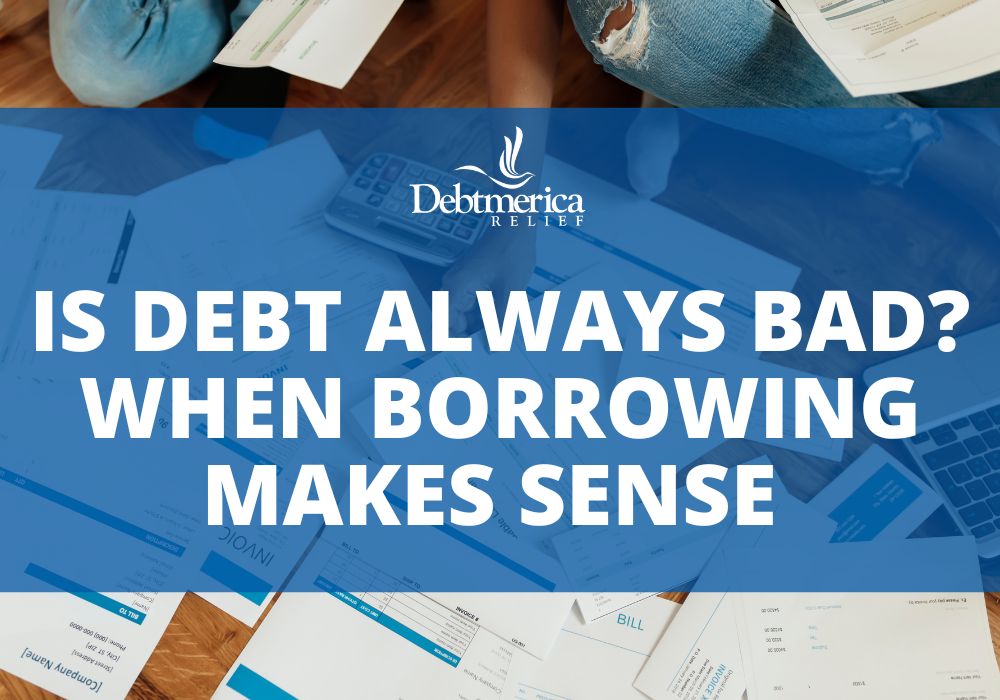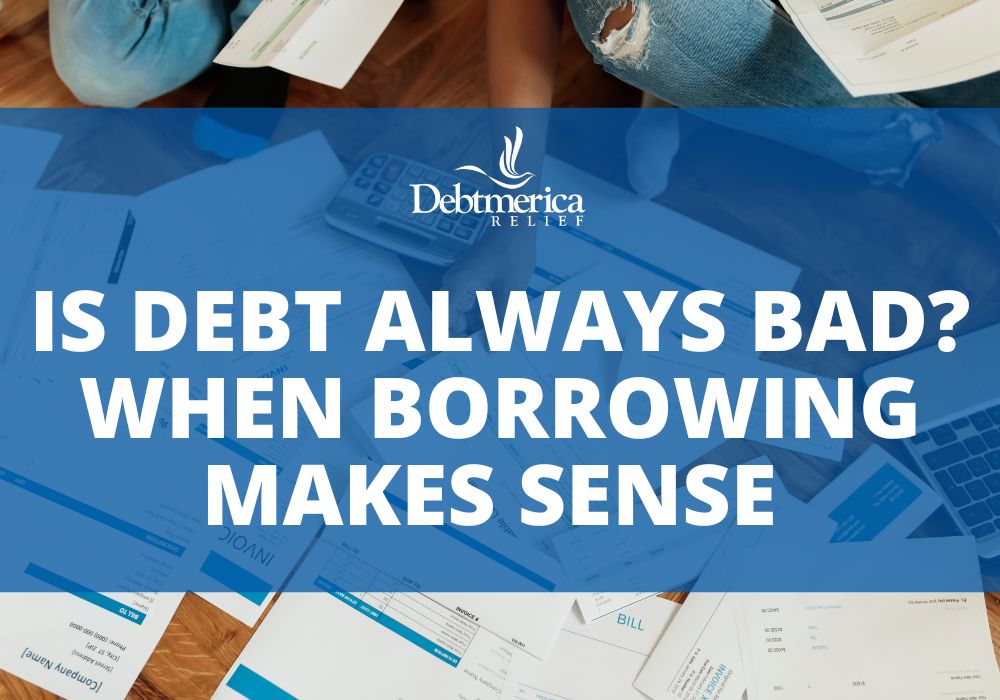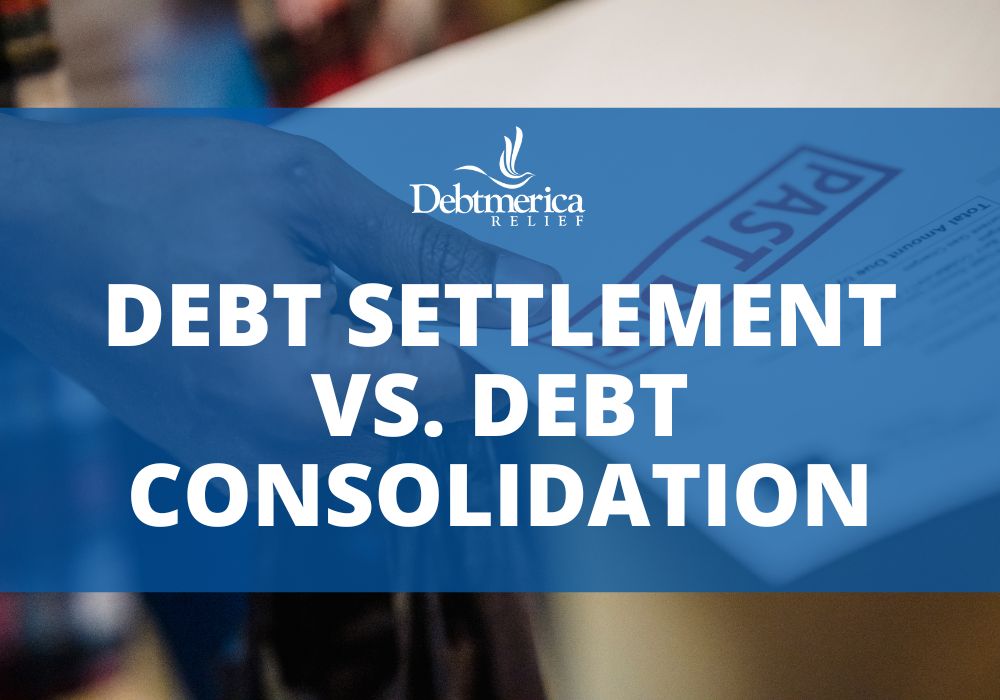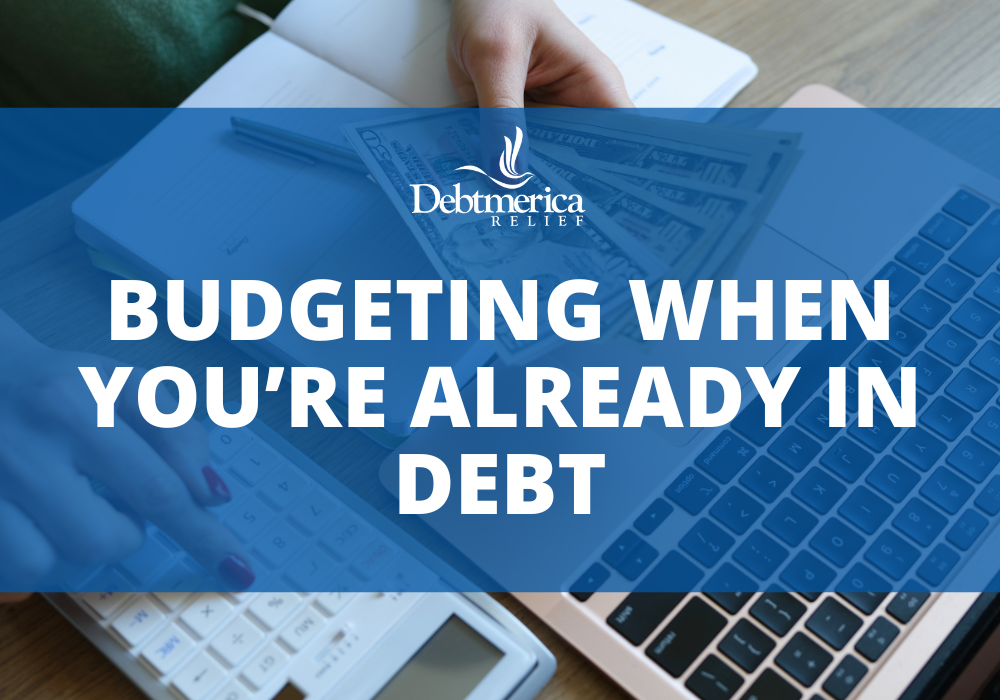Is Debt Always Bad? When Borrowing Makes Sense

Debt often gets a bad reputation. Many people associate it with financial struggle, high interest rates, and endless payments. But is debt always bad? Not necessarily. When used strategically, borrowing can open doors to opportunity, growth, and long-term stability. The key lies in understanding the difference between debt that helps you build wealth and debt that holds you back.
Understanding the Types of Debt
Before labeling debt as “good” or “bad,” it’s important to understand what kind of debt you’re dealing with.
Good debt is borrowing that helps you build long-term value or increase your earning potential. Examples include student loans that fund a degree, a mortgage that builds home equity, or a small business loan that enables growth. The return on these investments often outweighs the cost of borrowing.
Bad debt, on the other hand, usually funds short-term wants instead of long-term goals. High-interest credit cards, payday loans, and personal loans for luxury purchases can quickly spiral into financial strain. Because these debts don’t generate future value, they’re much harder to pay off and easier to misuse.
Debt can also be classified as secured or unsecured. Secured debt, such as a mortgage or auto loan, is backed by collateral, meaning the lender can seize the asset if payments aren’t made. Unsecured debt, like credit cards or medical bills, carries higher interest because there’s no collateral to protect the lender.
When Borrowing Can Be a Smart Financial Move
So, when is debt a good idea? Let’s look at a few situations where borrowing makes financial sense.
1. Investing in Education
Student loans can be an example of good debt when they help you qualify for higher-paying careers. Education is one of the most common forms of strategic borrowing because it increases earning potential over a lifetime. The key is to borrow wisely, ideally no more than what you expect to earn in your first year after graduation.
2. Buying a Home
Mortgage debt is another classic example of beneficial borrowing. A home is an appreciating asset that builds equity over time, often while providing tax advantages. Fixed-rate mortgages can lock in affordable payments even as property values rise. The important part is ensuring the loan fits comfortably within your budget.
3. Starting or Expanding a Business
For entrepreneurs, taking on business debt can be a smart move if it’s used to generate future profit. A business loan can fund new equipment, inventory, or marketing efforts that lead to higher revenue. Before borrowing, it’s crucial to have a detailed business plan and clear repayment strategy. Otherwise, the same leverage that fuels growth can also amplify losses.
4. Building or Rebuilding Credit
Using small amounts of credit responsibly, such as paying off a low-balance credit card each month, can help establish or rebuild your credit history. A strong credit score makes it easier to secure loans with favorable terms later, saving thousands in interest over time.
5. Managing Emergencies or Temporary Setbacks
Sometimes, debt can serve as a temporary safety net. Taking out a low-interest personal loan to cover unexpected medical expenses or essential car repairs might be preferable to draining your emergency savings. However, it’s essential to borrow only what you can repay within a realistic timeframe.
When Debt Becomes a Problem
Even well-intentioned borrowing can turn harmful if not managed carefully. Debt becomes a red flag when:
- You rely on credit to cover daily expenses.
- Minimum payments take up a large portion of your income.
- You use new loans to pay off old ones.
- Interest rates exceed your ability to pay down principal.
- You feel anxious or avoid opening bills because of mounting balances.
If these warning signs sound familiar, it may be time to reevaluate your debt load and explore repayment strategies before the problem escalates.
How to Use Debt Responsibly
Smart debt management can help you make the most of your financial opportunities while minimizing risk. Here are a few expert strategies:
- Set clear financial goals. Know exactly why you’re borrowing and how it contributes to your long-term plans.
- Understand the loan terms. Always read the fine print, interest rates, repayment schedules, and fees can dramatically affect the total cost of borrowing.
- Keep your debt-to-income ratio manageable. It’s important to ensure your debt remains at a level you can comfortably pay off.
- Pay off high-interest debt first. Prioritize credit cards or personal loans before low-interest mortgages or student loans.
- Avoid borrowing for depreciating assets. Financing items like cars, furniture, or vacations can lead to paying interest on things that lose value immediately.
Alternatives to Taking on Debt
Before borrowing, explore other ways to achieve your financial goals:
- Build an emergency fund to handle unexpected expenses without relying on credit.
- Apply for grants or scholarships instead of taking out loans for education.
- Negotiate payment plans with service providers or lenders before interest compounds.
- Increase income through side jobs or selling unused assets to reduce the need for borrowing altogether.
So, is debt always bad? Absolutely not, it’s a financial tool, and like any tool, its impact depends on how you use it. When debt helps you build wealth, gain education, or create stability, it can be a powerful ally. But when it funds overspending or short-term gratification, it can quickly become a burden.
The key is to borrow intentionally, understand your terms, and have a solid repayment plan. Used wisely, debt doesn’t have to hold you back; it can help move you forward. Debtmerica Relief has over 18 years of experience in providing relief to our clients whose financial burdens have become too much to handle.
If you need help with debt, contact us for a free consultation.



